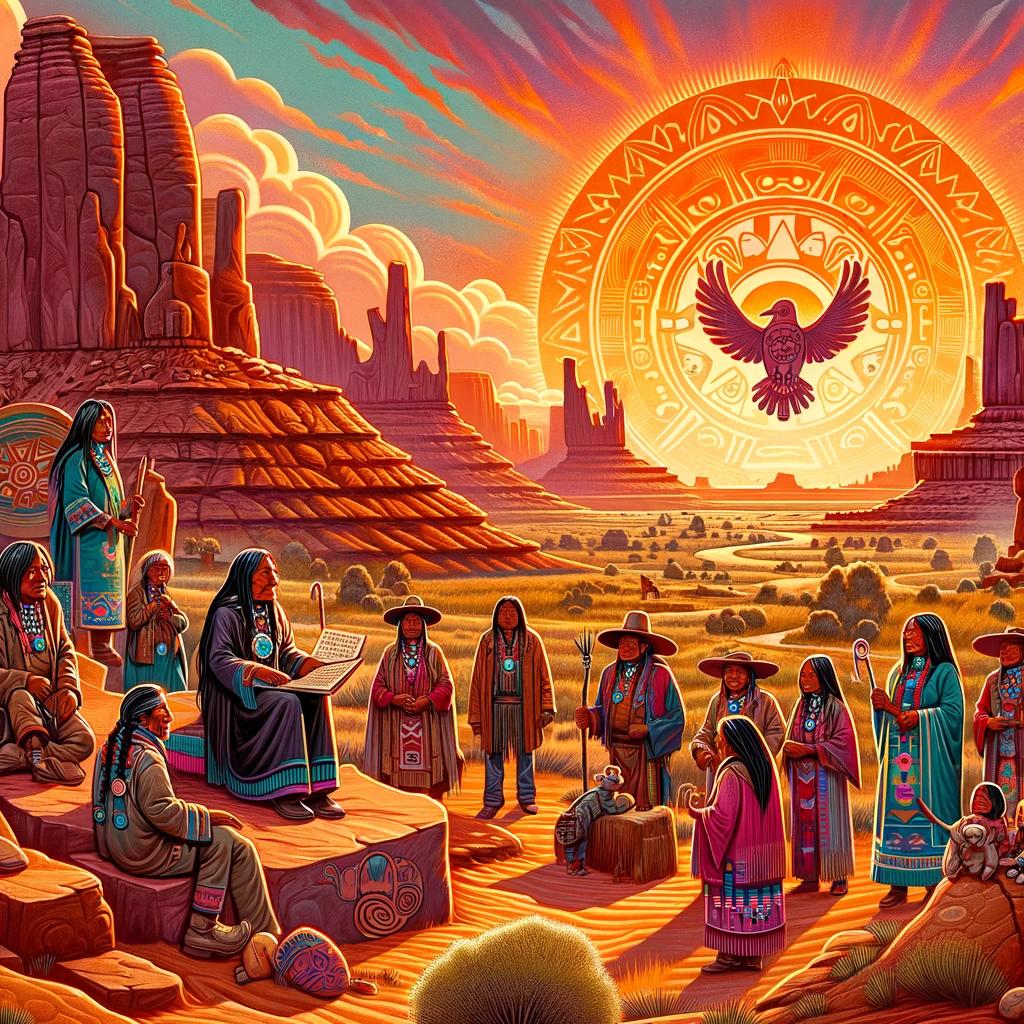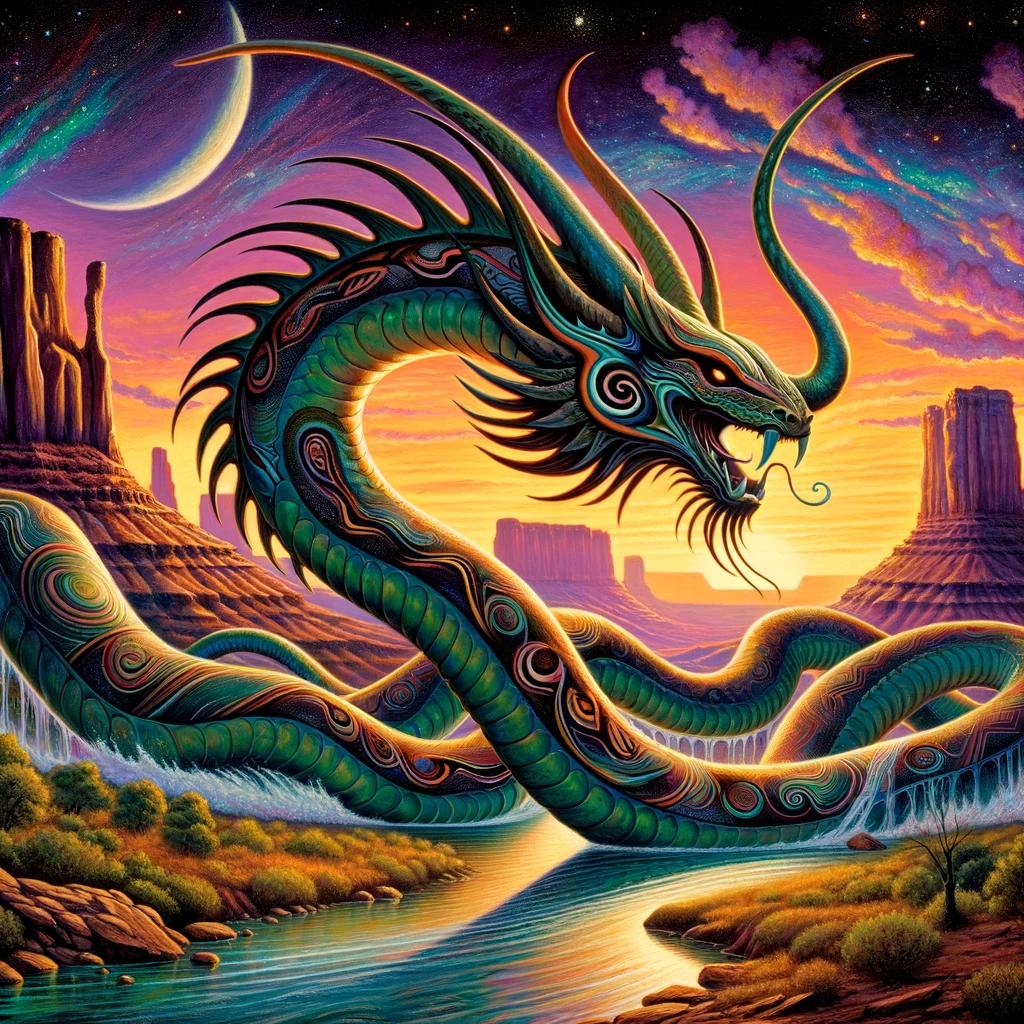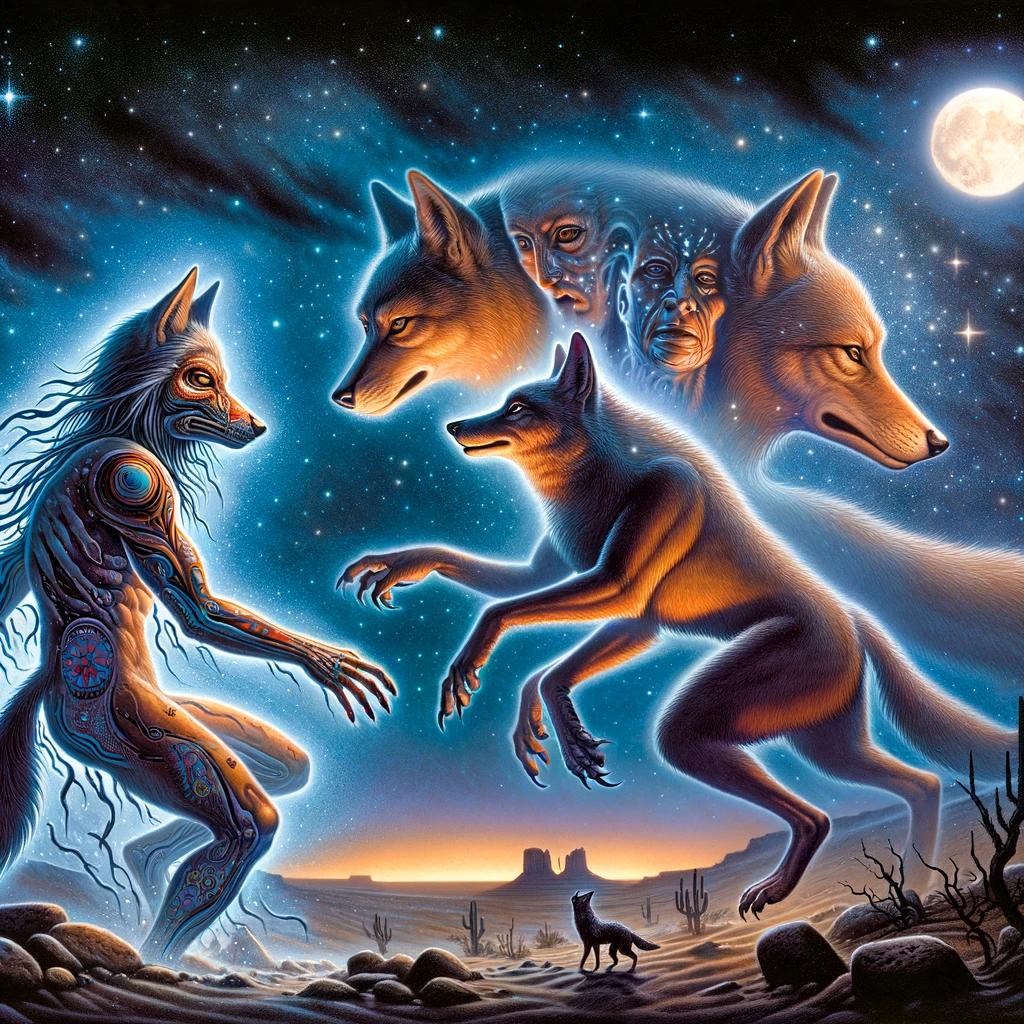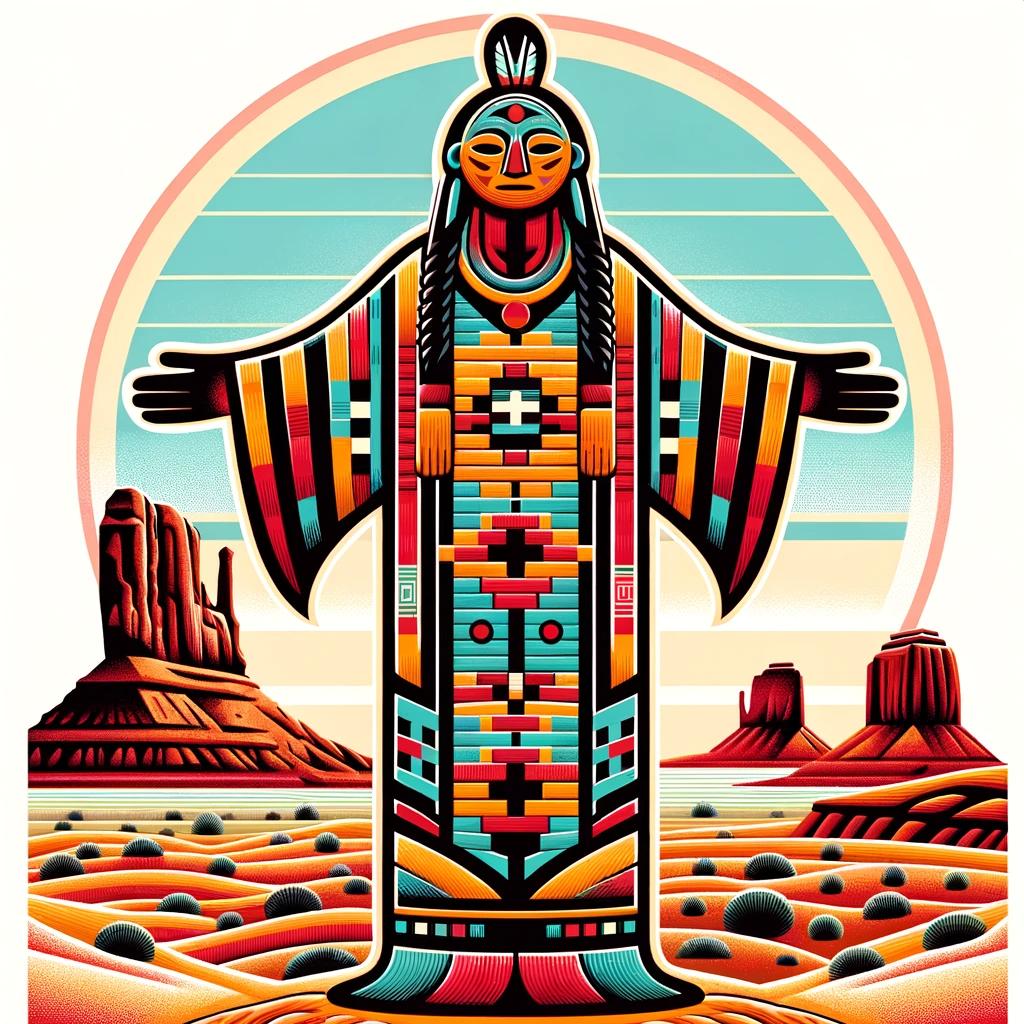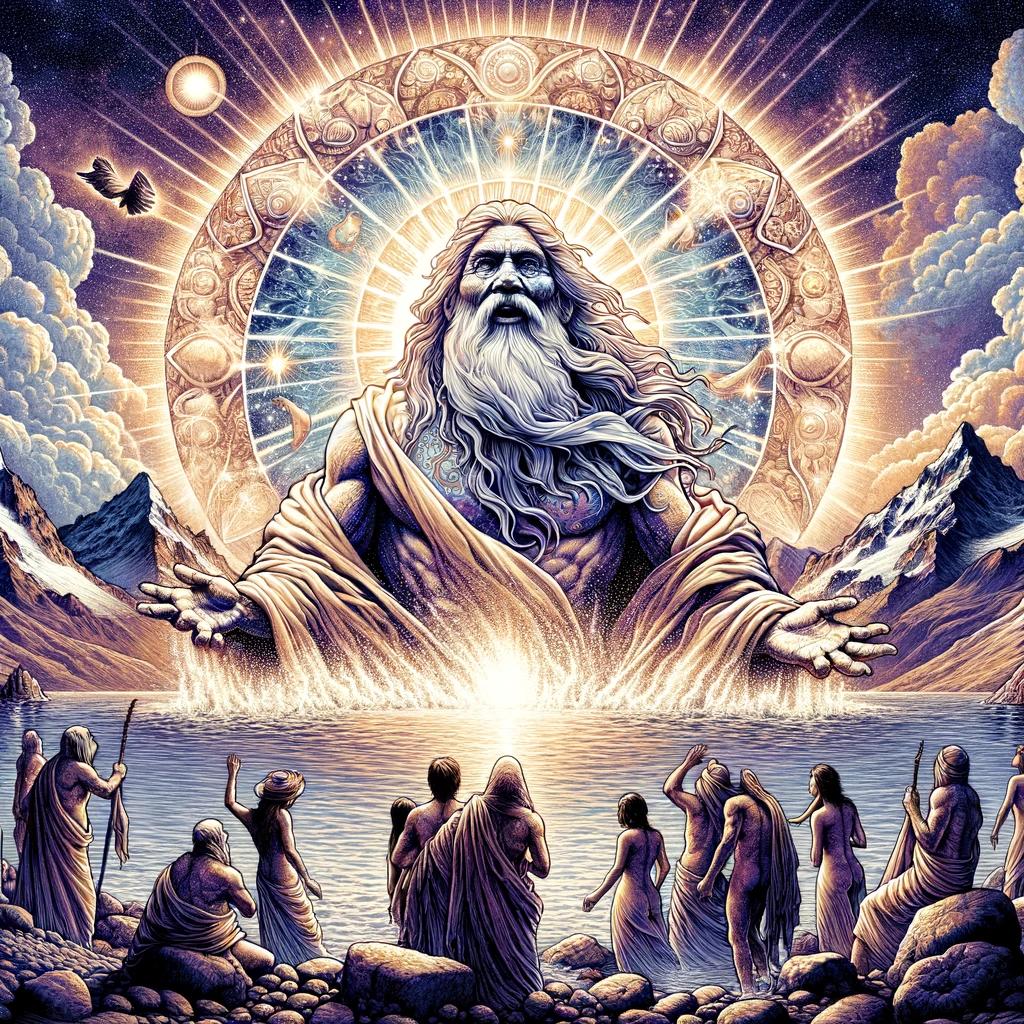Are Navajo People Mexican-Americans? Unveiling the Native American Heritage
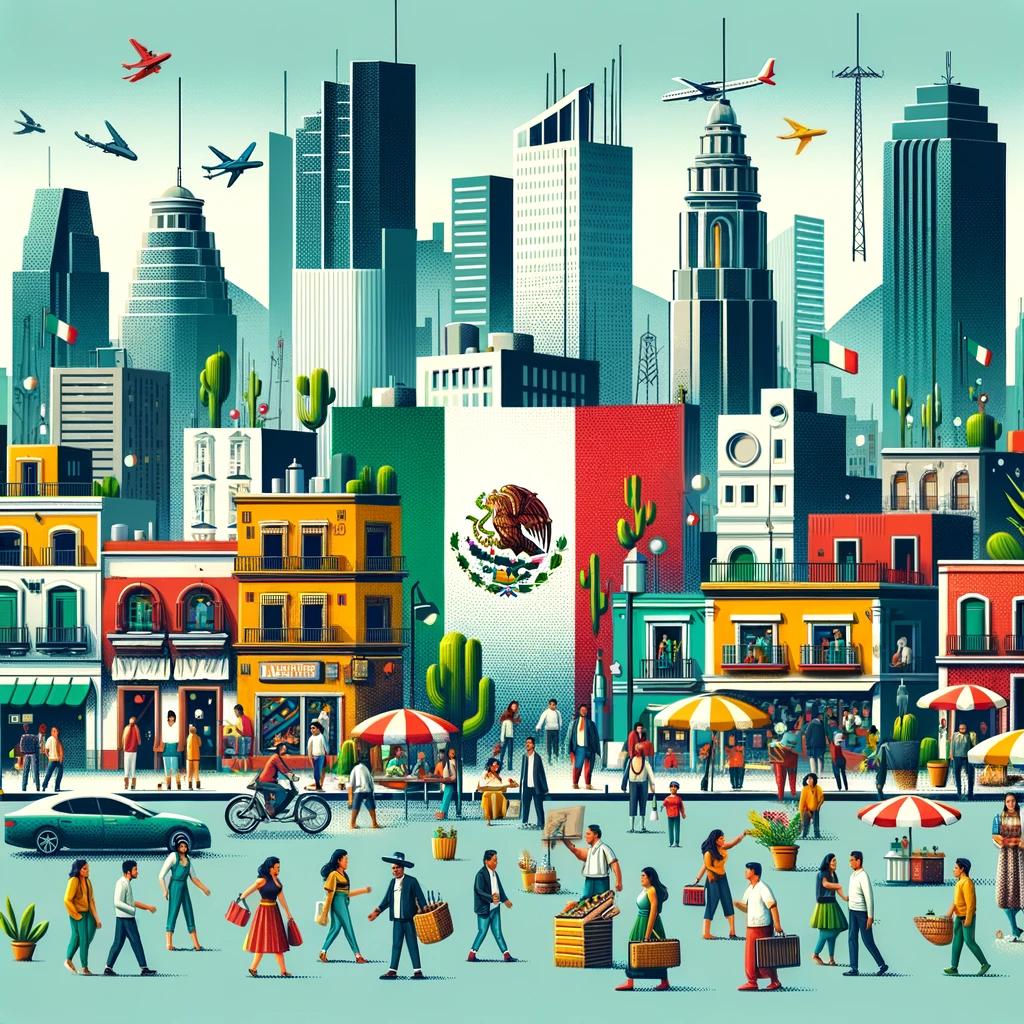
The Navajo people, the largest federally recognized tribe in the United States, have a rich history intertwined with various groups. They have encountered conflicts with the Spanish, Hopi, Apache, Comanche, Mexicans, and Americans throughout their existence.
In 1864, thousands of Navajos endured the forced relocation known as “The Long Walk” under the control of American soldiers to Fort Sumner in New Mexico. This article explores the Navajo tribe’s historical background, cultural traditions, language, clan system, contributions of the Navajo Code Talkers, the impact of the Long Walk, and the contemporary challenges they face.
Exploring the Navajo Reservation
Historical Background of the Navajo Tribe
The Navajo Tribe, also known as Diné, has a rich historical background that dates back centuries. Descendants of the ancient South Athabascan people, they migrated to the southwestern region of the United States around 1400 AD.
Initially, as hunters and gatherers, they later adopted agricultural practices and became skilled shepherds and weavers. Spanish explorers documented their large herds of livestock and extensive cultivation in the 18th century.
Geographic and Demographic Overview
The Navajo Reservation, spanning over 27,325 square miles, is the largest reservation in the United States. Encompassing areas in Arizona, Utah, and New Mexico, it is home to a population of over 399,494 tribal members as of 2021.
The majority of Navajo people reside in Arizona and New Mexico, with vibrant communities and cultural centers spread across the reservation.
Cultural Significance and Traditions
The Navajo culture holds deep significance within the tribe. Their traditions encompass a wide range of practices, including ceremonial rituals, traditional arts and crafts, storytelling, and music. The Navajo language, an integral part of their cultural identity, continues to be spoken and preserved.
Navajo traditional clothing, jewelry, and Navajo-Churro sheep wool weaving showcase their artistic talents and connection to their ancestral heritage.
Uncovering the Navajo Language
Unveiling the rich linguistic heritage of the Navajo people reveals the origins and evolution of their unique language. With a history spanning centuries, the Navajo language has adapted and grown, shaping the cultural identity of the tribe.
Origins and Evolution of the Navajo Language
The Navajo language traces its roots back to the ancient Athabascan people, who migrated to the Southwest around 1400 AD. Over time, the language developed distinct characteristics influenced by interactions with neighboring tribes and cultural exchanges with Spanish and Mexican settlers.
Linguistic Features and Characteristics
The Navajo language exhibits intricate grammatical structures, including a complex system of verb conjugation and noun classification based on animacy. It is known for its extensive use of tones and phonemic distinctions, contributing to its distinct melodic quality when spoken.
The language also incorporates a rich vocabulary to describe traditional cultural practices, natural phenomena, and the surrounding environment.
Preservation Efforts and Language Education
Recognizing the importance of preserving their language, the Navajo Nation has implemented various initiatives to promote linguistic preservation and revitalization. Efforts include the creation of language immersion programs, community language classes, and the integration of Navajo language instruction in educational institutions.
The aim is to foster intergenerational transmission of the Navajo language and ensure its continued use among community members.
Understanding Navajo Clans
The Navajo clan system holds great importance in Navajo culture, serving as a foundation for social structure, kinship, and identity. Clans are ancestral lineages passed down through generations, connecting individuals to their families and their tribe’s history.
Each clan has a distinct name, associated with animals, plants, or natural phenomena, representing unique traits and characteristics.
Importance of Clan System in Navajo Culture
The clan system plays a vital role in shaping Navajo society. It establishes a sense of belonging, unity, and shared responsibility among community members. Clans determine kinship ties, marriage patterns, and ceremonial practices.
They provide a framework for social organization, governance, and conflict resolution within the Navajo Nation.
Ancestry and Kinship within the Navajo Community
Ancestry is highly valued in Navajo culture, and clan membership connects individuals to their relatives and ancestors. Navajo people identify themselves by their maternal clan, passed down from the mother’s side.
Kinship relations extend beyond immediate family, with clans forming extended networks of support, guidance, and cultural teachings.
Role of Clans in Contemporary Navajo Society
In modern Navajo society, clans continue to shape social interactions and connection to heritage. They contribute to the preservation of cultural traditions, language, and spiritual practices. Navajo ceremonies often involve specific clans, emphasizing the clan’s role in maintaining cultural identity and fostering community cohesion.
Exploring the Navajo Code Talkers
‘Exploring the Navajo Code Talkers’ delves into the remarkable contribution made by Navajo individuals during World War II. Their exceptional skills in developing and executing a secret code based on their native language played a crucial role in the success of military operations.
Contribution to World War II and Military Significance
The Navajo Code Talkers made a significant impact in the war effort by providing secure and efficient communication between American forces. Their role as code talkers ensured that vital military information remained encrypted and inaccessible to enemy forces.
- Their ability to transmit messages quickly and accurately on the battlefield proved invaluable in critical operations.
- The Navajo language, with its complex syntax and tonal qualities, proved extremely difficult for enemy forces to decipher.
- The code developed by the Navajo Code Talkers represented a monumental breakthrough in secure military communication.
History and Execution of the Navajo Code
The creation of the Navajo Code involved a rigorous process of creating a complex cipher that utilized their native language.
The code underwent various iterations, and its execution required expertise and extensive training.
- Navajo individuals with fluency in both English and their native language were selected to undergo intensive training.
- They devised a system that assigned specific Navajo words to represent military terms, equipment, and locations.
- The code itself underwent continuous refinement to enhance its security and effectiveness.
Legacy and Recognition of Code Talkers
The Navajo Code Talkers’ efforts were initially classified, and their contributions remained largely unknown for many years.
However, their bravery and importance eventually received the recognition they deserved.
- In 2001, the Navajo Code Talkers were honored with the Congressional Gold Medal, the highest civilian honor in the United States.
- Their exceptional service and dedication to their country continue to inspire future generations.
- The Navajo Code Talkers’ legacy serves as a testament to the resilience and strength of Native American communities.
Examining Bosque Redondo and the Long Walk
The Bosque Redondo Reservation, also known as Hweeldi, holds a significant place in the history of the Navajo people.
This section delves into the forced relocation and imprisonment of the Navajo, commonly referred to as the “Long Walk.”
Forced Relocation and Imprisonment of the Navajo
In 1864, thousands of Navajo people were forcibly removed from their ancestral lands by the United States government. Under the command of Colonel Kit Carson, Navajo men, women, and children were marched for over 300 miles to the Bosque Redondo Reservation in eastern New Mexico.
This brutal act aimed to suppress Navajo resistance during the U.S. government’s campaign to control the Southwest.
Impact and Trauma of the Long Walk
The Long Walk had a profound impact on the Navajo people, both physically and emotionally. The harsh conditions, lack of adequate resources, and disease outbreaks resulted in the loss of many lives.
Navajo families were torn apart, and the trauma endured during this forced relocation reverberates through generations. The resilience and strength displayed by the Navajo in the face of such adversity serves as a testament to their enduring spirit.
Reestablishment and Resilience of the Navajo Nation
Despite the severe hardships faced during the Long Walk, the Navajo people persevered. After years of confinement at Bosque Redondo, a treaty was signed in 1868, allowing the Navajo to return to a portion of their original homeland.
Since then, the Navajo Nation has worked tirelessly to rebuild their communities, reestablish their cultural practices, and uphold their sovereign rights. Today, they continue to thrive, maintaining their rich traditions and contributing to the vibrant tapestry of American society.
Navajo People Today
Navajo people today face various socio-economic factors and challenges that shape their daily lives. From limited access to quality healthcare services and education opportunities to high unemployment rates, these hurdles have a significant impact on the Navajo community.
Socioeconomic Factors and Challenges
Within the Navajo Nation, poverty rates remain high, leading to inadequate housing conditions and limited economic opportunities. Limited infrastructure and lack of resources in remote areas exacerbate the challenges faced by many Navajo households.
Additionally, the reliance on extractive industries, such as mining, often brings environmental concerns and conflicts with preserving cultural heritage.
Political Representation and Tribal Governance
Navajo people have worked towards strengthening their political representation and tribal governance. Through tribal elections, Navajo individuals have the opportunity to voice their concerns and priorities. Efforts to empower Navajo communities by establishing fair and just governance systems aim to address the needs of the people and protect their sovereignty.
Contemporary Contributions and Cultural Revitalization
- Navajo artists, musicians, and writers actively contribute to the rich cultural landscape of the tribe. Their works showcase the Navajo identity, traditions, and historical narratives.
- Efforts to revitalize the Navajo language play a crucial role in preserving cultural heritage.
Language-immersion programs and collaborative initiatives aim to ensure the transmission of the Navajo language to future generations.
- Navajo entrepreneurs and business owners have emerged, promoting economic self-sufficiency and creating job opportunities within the reservation.
- Community-based initiatives focusing on sustainable agriculture, renewable energy, and eco-tourism serve as avenues for economic diversification while respecting Navajo values and customs.
In conclusion, Navajo people today face socio-economic challenges while actively working towards political empowerment and cultural revitalization.
Despite these hurdles, Navajo individuals and communities continue to showcase resilience, creativity, and a commitment to preserving their rich cultural heritage.
.












